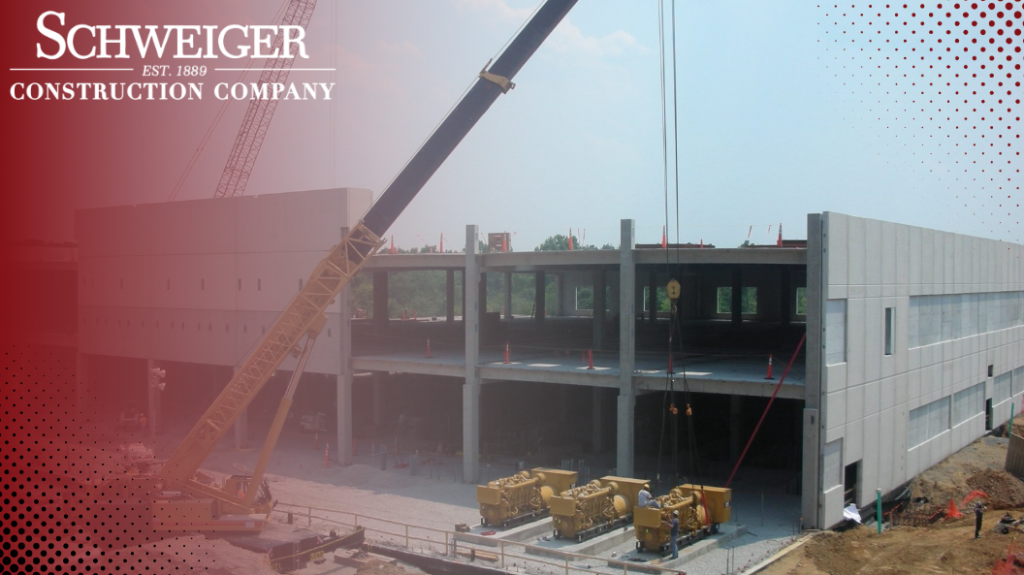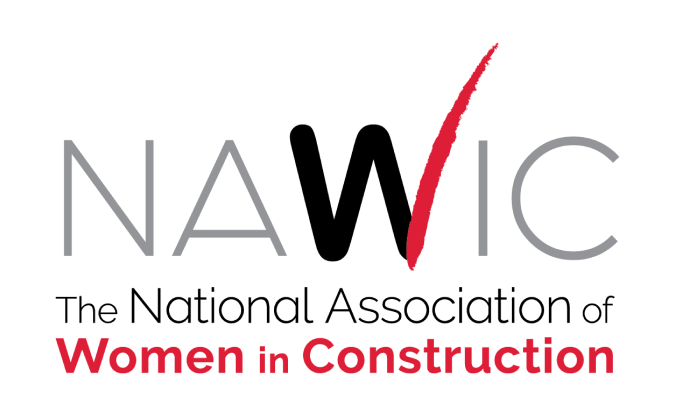In the world of retail construction, success relies on strategic planning, clear communication, and cohesive teamwork. With multiple stakeholders, tight timelines, and intricate details, delivering a flawless retail space demands a meticulous approach. This blog explores five key phases and best practices to help navigate the complexities and ensure retail construction projects run smoothly from start to finish.
Initiation Phase
In the initiation phase of a retail construction project, defining the project scope and objectives is crucial. This involves establishing clear, measurable goals and outlining the project’s size, location, design requirements, and specific client needs. Additionally, identifying the key stakeholders and understanding their expectations are essential for aligning the project’s direction. Conducting a thorough feasibility study is also vital, which includes market and financial analyses and an assessment of local regulations and zoning laws that could impact the project. Finally, assembling a project team that should consist of experienced professionals such as architects, engineers, contractors, and consultants, all of whom should have a background in retail construction to ensure the project’s success.
Planning Phase
During the planning phase, developing a detailed project plan is fundamental. This includes creating a timeline that marks key milestones and deadlines, as well as outlining all construction phases from the groundbreaking to final inspections, alongside developing contingency plans for any potential delays or issues that might arise. Effective budget management is also critical; this involves preparing a detailed budget that encompasses costs for materials, labor, permits, and contingencies, and ensuring this budget is regularly reviewed and adjusted as necessary.
A risk management plan is necessary to identify potential risks, their impacts on the project, and strategies to mitigate potential risks. Finally, establishing a procurement strategy includes determining methods such as bidding or negotiations, and selecting reliable suppliers and contractors who have proven track records in handling retail projects.
Execution Phase
The execution requires effective site management and involves establishing a secure, efficient, and well-organized construction site, along with implementing safety protocols to ensure compliance with OSHA regulations and local laws. Quality control is crucial, requiring the setting of high standards for all construction materials and workmanship, and the scheduling of regular inspections and audits to ensure these standards meet project specifications.
A comprehensive communication plan is essential to maintain regular communication with stakeholders through meetings, reports, and updates, and to use project management software to track progress and facilitate communication among team members. Additionally, an effective change management process is necessary to monitor the project scope and implement a formal procedure for managing changes, ensuring that all changes are thoroughly documented and approved by the necessary stakeholders.
Monitoring and Control Phase
The monitoring and control phase involves using performance indicators to monitor progress against the project plan and adjusting strategies and resources as needed to stay on schedule. Financial control is equally important, requiring the tracking of expenditures and their comparison against the budget, along with conducting regular financial audits to prevent cost overruns. Regular updates on project progress and any arising issues should be communicated to all stakeholders, and their concerns must be addressed promptly to maintain trust and ensure ongoing cooperation.
Closing Phase
In the closing phase thorough inspections must be conducted with local authorities to ensure compliance with building codes and safety standards, followed by obtaining the necessary approvals and occupancy permits. The project handover process involves preparing and delivering detailed documentation of the construction process, including as-built drawings and warranties, and training the client’s staff on the operation and maintenance of the facilities. To wrap up the project, a post-project review is conducted where a meeting with the project team is held to discuss what was successful and what could be improved. Documenting lessons learned from the project is essential for refining processes and enhancing performance in future projects.
Managing a retail construction project smoothly requires not only thorough planning and organization but also the flexibility to adapt to unforeseen challenges. Schweiger Construction Company, a recognized leader in retail construction, encompasses these phases in each of its client projects. By following these guidelines, project managers can enhance their ability to deliver projects on time, within budget, and to the satisfaction of all stakeholders.





